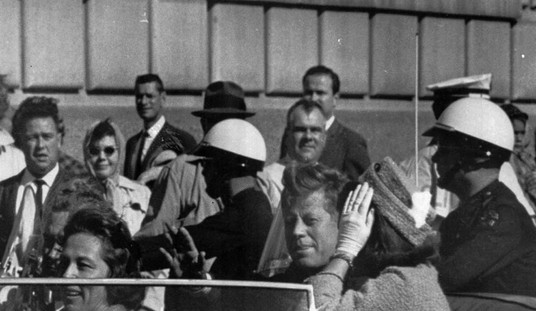One of the more extraordinary experiences of my medical career was injecting rural African women with a long-term contraceptive in a Catholic mission hospital under a portrait of Pope Paul VI. The contraceptive was handed to me by an aged Swiss nun who was otherwise deeply orthodox, but who recognized that worn-out women who had already had ten children were in danger of their lives if they had any more. I refrained from remarking on the paradox: I had already learned that there is more to life than intellectual consistency.
In the west, of course, the problem of unwanted pregnancy is different: it arises mainly among teenagers of what used to be called the lower classes. Pregnancy rates among the latter in the United States are among the highest in the western world. According to a paper in a recent edition of the New England Journal of Medicine, such pregnancies cost the United States $10 billion a year: to me a suspiciously round figure, especially as it includes the cost of education foregone by the pregnant girls. Perhaps I am a cynic, but I am not altogether so sanguine about the economic value of modern education. Be that as it may, the Centers for Disease Control and Prevention (CDC) has set a goal of reducing teenage pregnancy by 20 percent between 2009 and 2015.
An experiment conducted in St Louis provided 1404 girls aged between 14 and 19 with free contraceptive advice and free long-acting contraceptive devices to see whether such provision would reduce the rate of unwanted pregnancy among them. The comparison group was that of similar girls in the rest of the United States who were not included in the experiment.
Often it is alleged that young girls get pregnant either to obtain benefits from the state – in effect using their babies to blackmail the rest of society – or to have at last a reciprocating object of love such as had been missing from their previous life, which is usually that of radically loveless squalor. Ignorance and poor access to effective contraception are less often cited as the reason for their obviously self-destructive behavior.
The researchers found that, by giving both free advice and free contraceptives, the rates of pregnancy, live birth and induced abortion declined precipitously by comparison with national averages. For example, in the experimental group, rates of pregnancy were 34 per thousand instead of 158.5 per thousand, of birth 19.4 per thousand instead of 94.0 and of abortion 9.7 per thousand instead of 41.5. On the face of it, the experiment was a triumphant success.
As is so often the way, however, when you look a little closer things become less clear-cut, indeed so lacking in clarity that it is not certain what conclusion should be drawn. The young girls were drawn from those who resided in St Louis or sought contraceptive services in selected community clinics, and furthermore had no desire for pregnancy for at least 12 months. These girls, then, were a self-selected group; how far they were representative of the whole universe of young girls at risk of having unwanted children is not at all certain, and there is probably no way of knowing. Certainly very few of the girls either had no parents to give consent on their behalf to participate in the experiment, or no desire to let their parents know that they were participating in it: only 4 of the 1404, in fact. It is likely, then, that they did not come from the very worst kind of homes where unwanted, or at any rate teenage, pregnancy is most prevalent.
In other words, the experiment was at best suggestive, at worst valueless.
****
Image illustrations via shutterstock / Image Point Fr











Join the conversation as a VIP Member